What Is Seasoning of Timber?
Important Point
The wood spice process is the process by which the moisture in the wood is reduced to the required level.
By reducing the moisture content, strength, elasticity, and durability properties are developed. A well-seasoned wood contains 15% moisture content.
It is a process by which the amount of moisture in a freshly cut tree is reduced to a suitable level. Doing this increases the durability of the wood. The different methods of spice used can be classified into:
Also, read: Difference Between Timber And Wood | What is Wood | What is Timber
Type of Seasoning of Timber
- Natural seasoning.
- Artificial seasoning.
1. Natural Seasoning:
It can be air seasoning or water seasoning.
1.1. Air Seasoning
Air seasoning is done in the shed with a platform. As shown in below fig, wooden piles are stacked on platforms approximately 300 mm high.
Care is taken to see that there is proper air circulation around each wooden hair. Over a period, the moisture content decreases in a natural process. A well-seasoned wood contains only 15% moisture. It is slow but has a good seasoning process.
Water is sprayed on the banks of rivers. The thick end of the wood is placed, pointing upwards. After a period of 2 to 4 weeks, the wood is taken out.
During this period, the sap contained in the wood is largely washed away. The wood is then stalked in a shed with free air circulation.
1.2. Water Seasoning of Timber
Water seasoning is the process in which timber is immersed in water flow which helps to remove the sap present in the timber. It will take 2 to 4 weeks of time and after that, the timber is allowed to dry. Well-seasoning timber is ready to use.
2. Artificial Seasoning:
In this method, the wood is kept in a chamber with regulated heat, Controlled humidity and proper air circulation. Seasoning can only be completed in 4 to 5 days.
Also read: What Is Formwork Failure | Causes of Formwork Failure
There Are Different Ways of Seasoning:
- Boiling Seasoning:
- Kiln Masala Seasoning:
- Chemical Seasoning:
- Electrical Seasoning:
2.1. Boiling Seasoning:
In this method, the wood is immersed in water, and then the water is boiled for 3 to 4 hours. It is then slowly dried. Hot steam can be circulated on wood instead of boiling water. process of
The spice is sharp but expensive.
2.2. Kiln Masala Seasoning:
The kiln is an airtight chamber. The seamed timber is placed inside it. Again fully saturated air with a temperature of 35 ° C to 38 ° C is forced into the kiln. Heat slowly
The kiln used may be stationary or progressive. Carts moving from one end of the wood kiln to the other end in the progressive kiln are gradually eliminated.
Hot air is supplied from the discharging end so that the temperature rise is gradual from the charging end to the discharging end. This method is extensively used to make spices.
2.3. Chemical Seasoning:
In this method, the wood is immersed in a suitable salt solution. The wood is then dried in the kiln. Initial treatment by chemical seasoning ensures uniform spicing of the outer and inner parts of the wood.
2.4. Electrical Seasoning:
In this method, a high-frequency alternating current is passed through the wood. The resistance to electric current is low when the moisture content in the wood is high.
Reduced moisture content reduces resistance. A measure of resistance may be used to prevent spice at the appropriate level. However, it is expensive to process. This technique has not been attempted in some plywood industries but on large scale wood spices.
Also, read: Why Is Polymer Mortar/Concrete | Type of Polymer Mortar/Concrete
Reason for Seasoning of Timber:
Wood seasoning is applied to meet some specific requirements. There is a reason for wood seasonings to follow.
- To change and improve the qualities of wood.
- To make a correct percentage of wood shrinkage.
- To ensure the use of forests.
- To reduce the adverse behavior of wood.
Improved Ability by Seasoning of Timber:
By seasoning, some commonly known properties are improved which are outlined below:
- Strength
- Hardness
- Durability
- Weight
- Painting and finishing
- Gluing
- Resistance to insect attack
- Electrical Resistance
- Heat content
- Precautions
Benefit Seasoning of Timber
- Good quality of seasoned wood.
- A large amount is convenient in this process.
- Well experienced wood construction.
- It takes less time. Generally, 3-4 hours is quite good.
- Develops strength and elasticity.
Seasoning of Timber
Seasoning is the process of drying timber to remove the bound moisture contained in walls of the wood cells to produce seasoned timber. Seasoning can be achieved in a number of ways, but the aim is to remove water at a uniform rate through the piece to prevent damage to the wood during drying (seasoning degrade).
Artificial Seasoning of Timber
Artificial seasoning is the process by which lumber is dried using man-made devices such as a kiln. Regular wood seasoning is done by air drying in conditions below 18 percent moisture. There are multiple advantages to having wood artificially seasoned that relate to the quality, strength and cost of the wood.
Wood Seasoning
Seasoning wood is the process of correctly drying timber in order to remove moisture in the cells of the wood walls. It is a necessary procedure to produce seasoned timber, helping it to burn cleanly. Seasoning can be achieved via several methods, but all methods aim to remove water and prevent damage to the wood.
Natural Seasoning of Timber
- Water seasoning is the process in which timber is immersed in water flow which helps to remove the sap present in the timber.
- In the process of air seasoning timber logs are arranged in layers in a shed. …
- In case of chemical seasoning, timber is stored in suitable salt solution for some time.
What Is Seasoning of Timber?
The process of drying out the water from “wet” or “green” timber is termed “seasoning”, or more simply “drying”. Water is just as essential to the life of a tree as it is for all living matter.
What Is Seasoning?
Seasoning is the process of supplementing food via herbs, spices, salts, and/or sugar, intended to enhance a particular flavour.
Timber Seasoning
Timber seasoning, also known as wood seasoning or wood drying, is the process of reducing the moisture content of freshly cut or green timber. The purpose of timber seasoning is to make the wood more stable and suitable for various applications by reducing its moisture content to a desired level.
Water Seasoning of Timber
Water seasoning is the process in which timber is immersed in water flow which helps to remove the sap present in the timber. It will take 2 to 4 weeks of time and after that the timber is allowed to dry.
Types of Seasoning of Timber
There are many ways of seasoning or drying timber, but only two methods have been found satisfactory, principally for economic reasons. They are air drying and kiln drying. Air drying will be considered in detail in this publication, but kiln drying is a special- ized process.
Wood Seasoning Methods
There are two main ways of seasoning timber. the first is the natural method where the timber drys naturally by air. The second is kiln drying, where the wood is circulated and the temperature of the wood is controlled by a kiln.
Wood Seasoning Is Used to
Freshly cut or “green” wood contains a significant amount of moisture, which needs to be reduced for the wood to be usable. Seasoning helps to remove excess moisture from the wood, reducing its moisture content to an appropriate level for its intended use. This is important because high moisture content can lead to dimensional changes, warping, and cracking in the wood.
Why Should Timber Be Seasoned?
Timber seasoning is the process of reducing moisture content from timber. This can be achieved in a few different ways, with kiln and air seasoning being the most common. If left unseasoned, timber can quickly warp, twist, and break as too much moisture wreaks havoc on the cellular structure.
Why Seasoning of Timber Is Done?
Before wood is utilised, it is allowed to dry out under controlled conditions during a process called seasoning of timber. In addition to enhancing the strength of wood and preventing wood rot, seasoning of timber also prevents changes in the size and shape of the wooden objects it is used to make.
Why Seasoning of Timber Is Important?
Green timber is more prone to defects such as splitting, cracking, and checking as it continues to dry. By properly seasoning the timber, moisture is removed gradually and evenly, reducing the occurrence of these defects. This improves the quality and appearance of the wood, making it more suitable for use in various applications.
Why Seasoning of Timber Is Necessary?
the seasoning of timber is necessary to achieve dimensional stability, minimize defects, improve strength and durability, enhance workability, reduce weight, and protect against decay and insect infestation. It ensures that the wood is suitable for various applications and increases its longevity and performance over time.
Why Is Seasoning of Timber Necessary?
the seasoning of timber is necessary to achieve dimensional stability, minimize defects, improve strength and durability, enhance workability, reduce weight, and protect the wood from decay and insect infestation. It ensures that the wood performs well over time and meets the requirements of various applications, including construction, furniture making, and woodworking.
What Is Timber?
Timber traces back to an Old English word initially meaning “house” or “building” that also came to mean “building material,” “wood,” and “trees” or “woods.” Timbers are large squared lengths of wood used for building a house or a boat. In British English, timber is also used as a synonym for lumber.
What Is the Seasoning of Timber?
Timber seasoning is a controlled process during which timber is allowed to dry out prior to being used in construction. Avoiding the use of moist wood in construction projects is very important for a number of reasons, making this process key to the quality of timber builds of all types.
Like this post? Share it with your friends!
Suggested Read-
- What Is Building Bye-Laws
- Top 10 Cement Companies in USA
- Top 10 Construction Companies in the USA
- Top 10 Best Cement Companies In India 2021
- What Is the Difference Between Timber and Lumber
- What Is Sunken Slab | Advantages & Disadvantages Sunken Slab
- Difference Between One Way Slab and Two Way Slab | What is Slab
- Difference Between Beam and Column | What Is Beam | What Is Column
- What Is Structural Settlement | Causes For Structural Settlement | What Is Soil Settlement & Foundation Structural Settlement
Originally posted 2023-05-31 12:26:22.
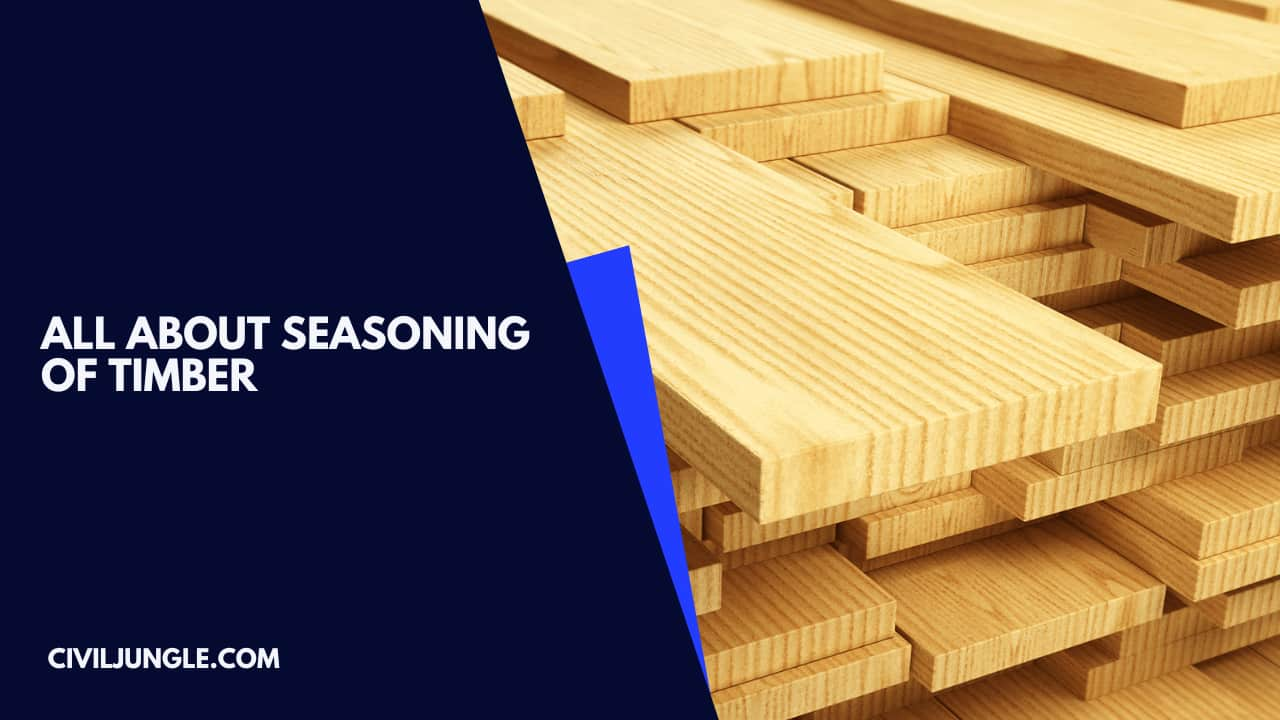
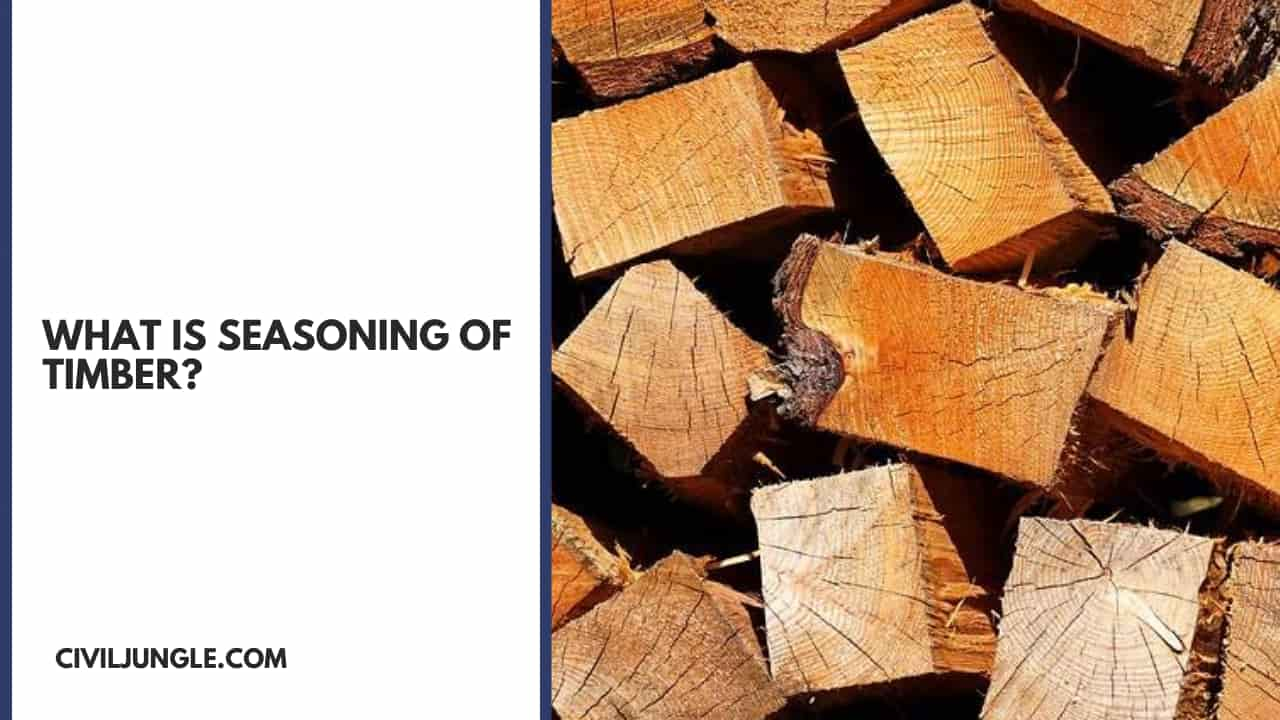
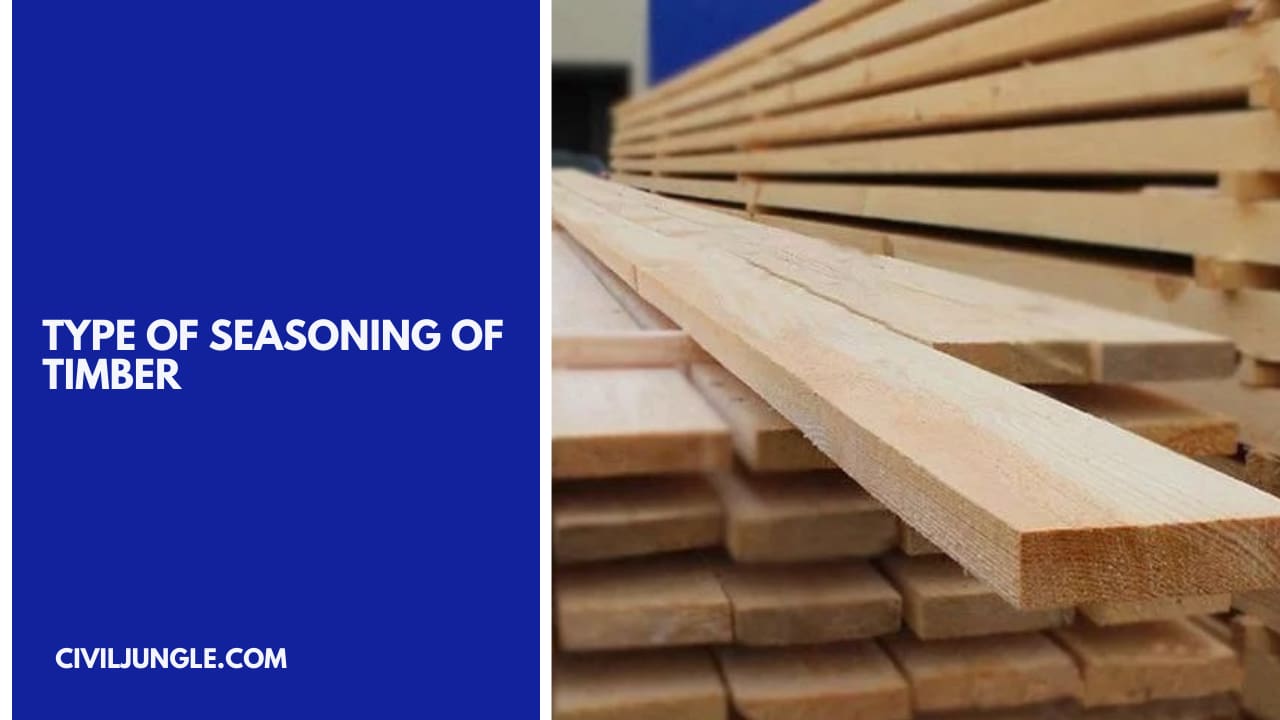
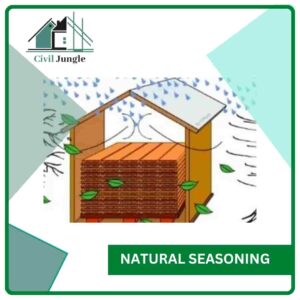
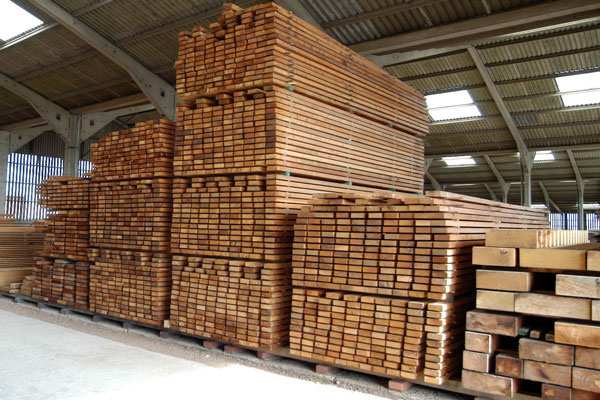
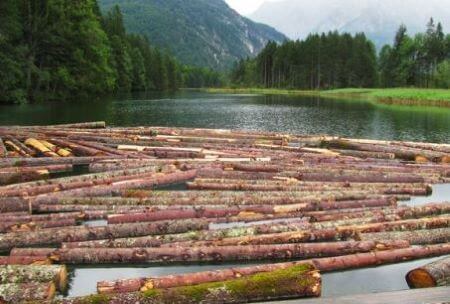
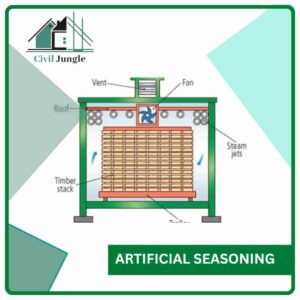
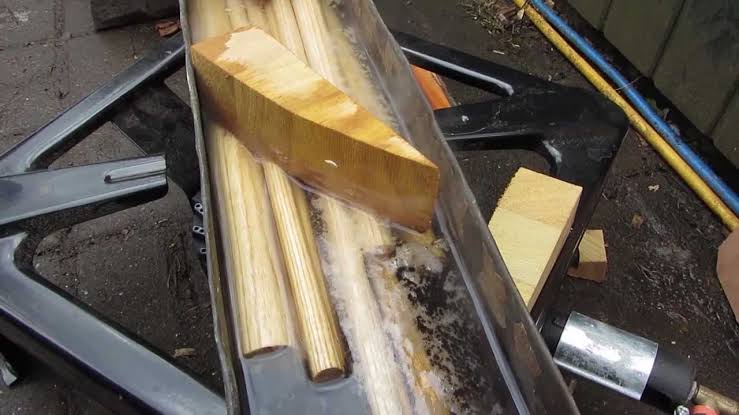
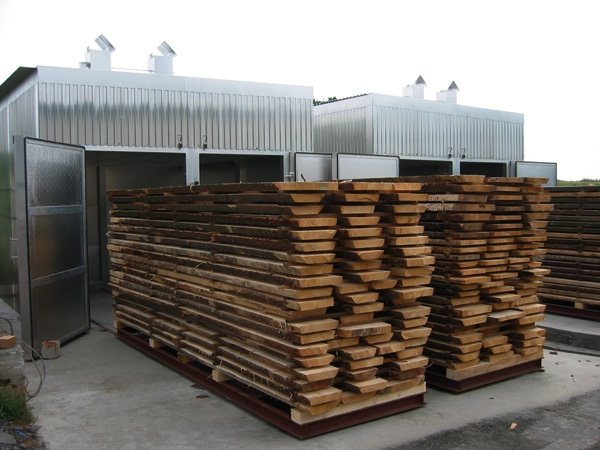
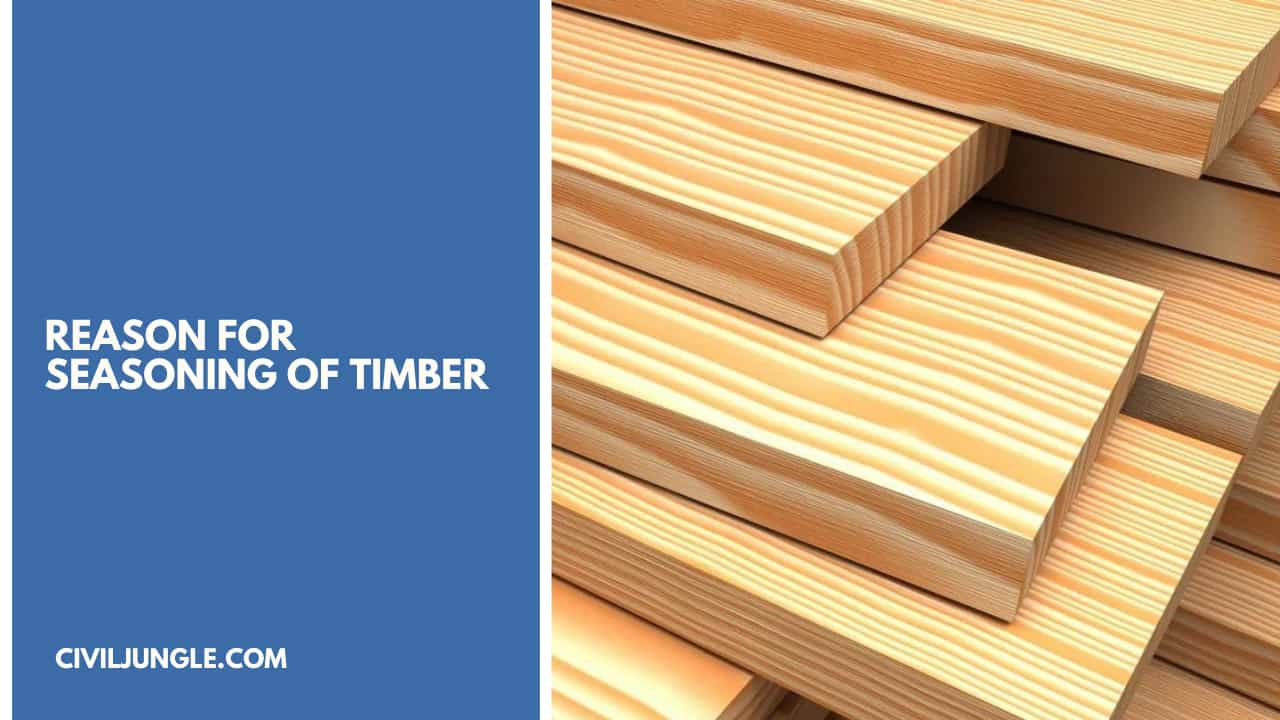
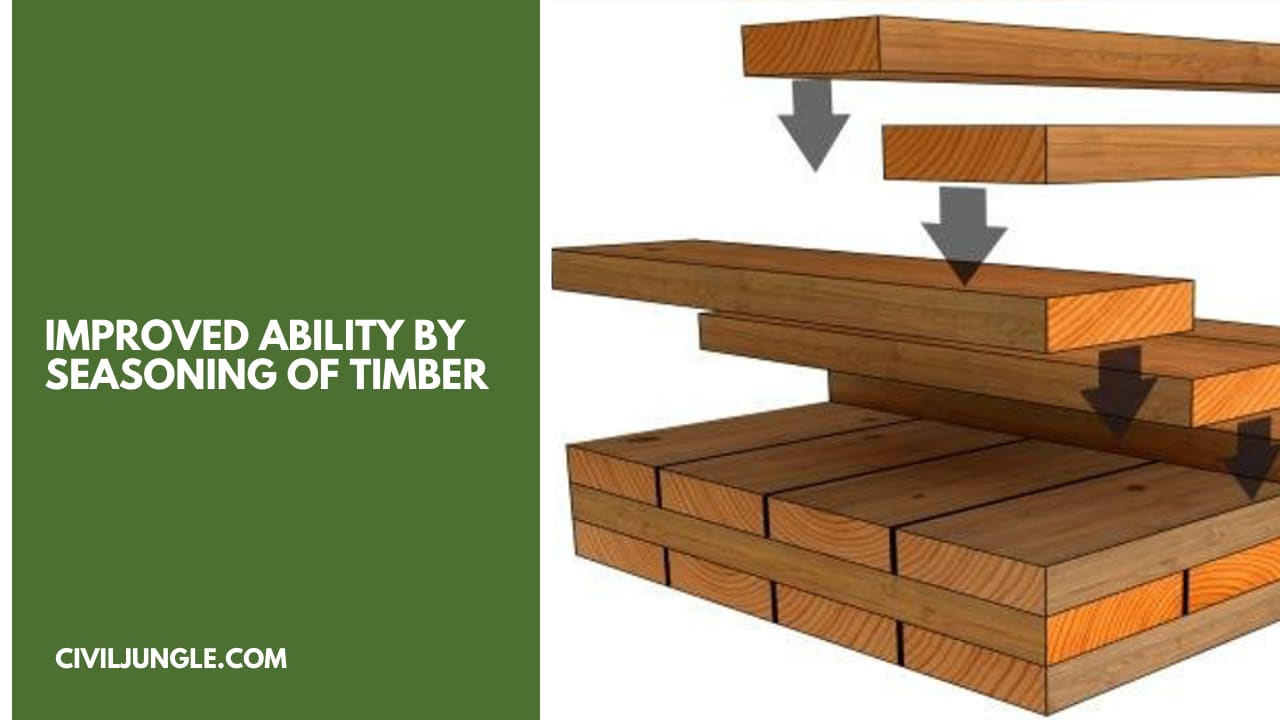
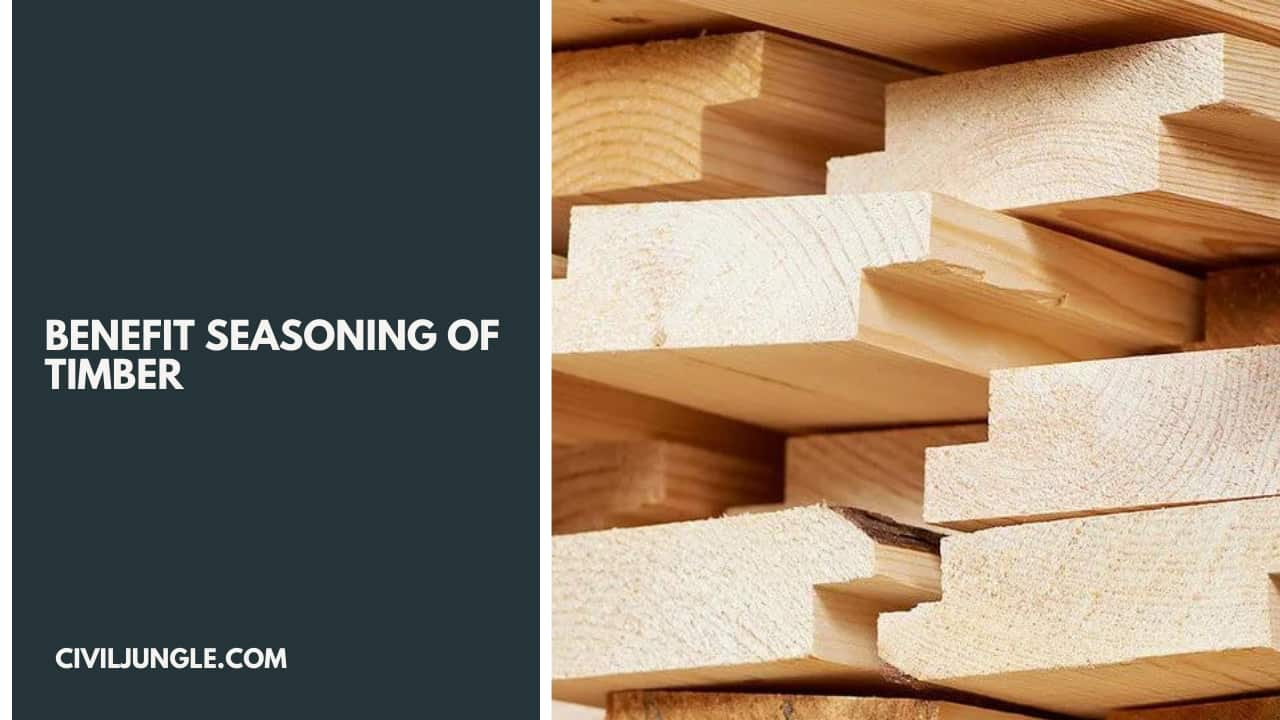

You have a mistake in this line pls rectify this – process of
“It is then slowly dried. Hot steam can be circulated on wood instead of boiling water. process of
The spice is sharp but expensive.”
Thank you for your suggestion.
Work Done as per your suggestion.